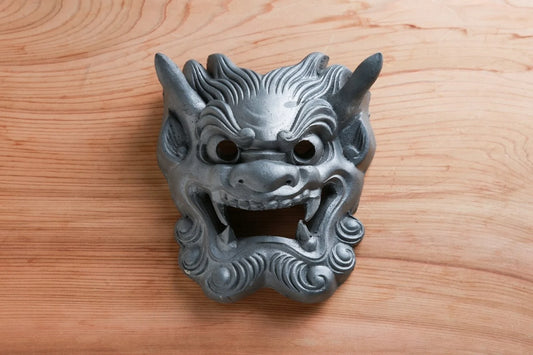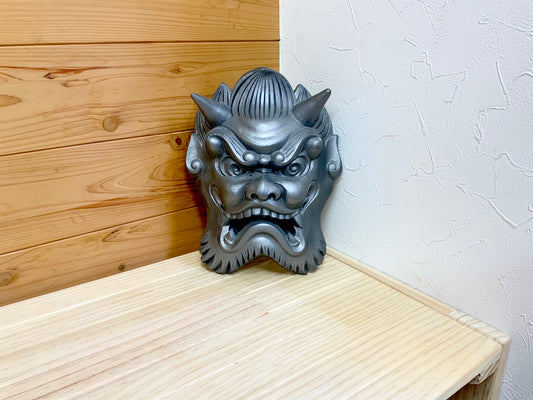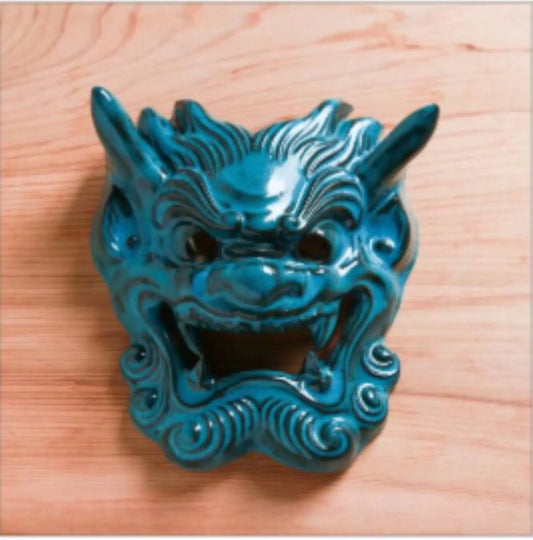Kamon
家紋は、日本の歴史と文化を象徴する紋章であり、個々の家系の誇りとアイデンティティを表します。そのデザインは、家柄や出自に根差した物語を持つことが多く、力強さや気品を感じさせる模様が取り入れられており、
城の屋根瓦や鎧、戦場での旗印の装飾に用いられてきました。
This is called a family crest. Family crests have been used in Japan since ancient times and are passed down from generation to generation.
It is said that there are over 20,000 different types of crests, and they are beautifully designed and have a special meaning shared by all members of the family.
In the past, many families had their family crests on the roof of their houses, and even today they can be seen on old houses, temples, castles, etc.
And by flying flags bearing these crests, samurai of the past were able to distinguish between friend and foe.
The family crests of samurai, known as kamon, symbolize Japan's history and culture, embodying the pride and identity of individual households. Their designs often carry narratives tied to lineage or heritage and incorporate motifs that evoke strength and elegance. Used to decorate castle roof tiles, armor, and battle flags, these crests also represent loyalty, courage, and wishes for family prosperity. The enduring spirit and pride of the samurai are beautifully reflected in these crests, which continue to live on as an integral part of Japanese culture.
kamon collection
-
~Wall ONI Color Collection ~ いぶしIBUSHI
Normalpris $160.00 USDNormalprisStykpris pr.$300.00 USDUdsalgspris $160.00 USDUdsalg -
~Wall ONI Color Collection ~ 青藍 SEIRAN
Normalpris $150.00 USDNormalprisStykpris pr.$300.00 USDUdsalgspris $150.00 USDUdsalg -
Onigawara statue New products, commemorative bargain sale
Normalpris $150.00 USDNormalprisStykpris pr.$230.00 USDUdsalgspris $150.00 USDUdsalg -
~Wall ONI Color Collection ~ 翠綠 SUIRYOKU
Normalpris $160.00 USDNormalprisStykpris pr.$300.00 USDUdsalgspris $160.00 USDUdsalg



